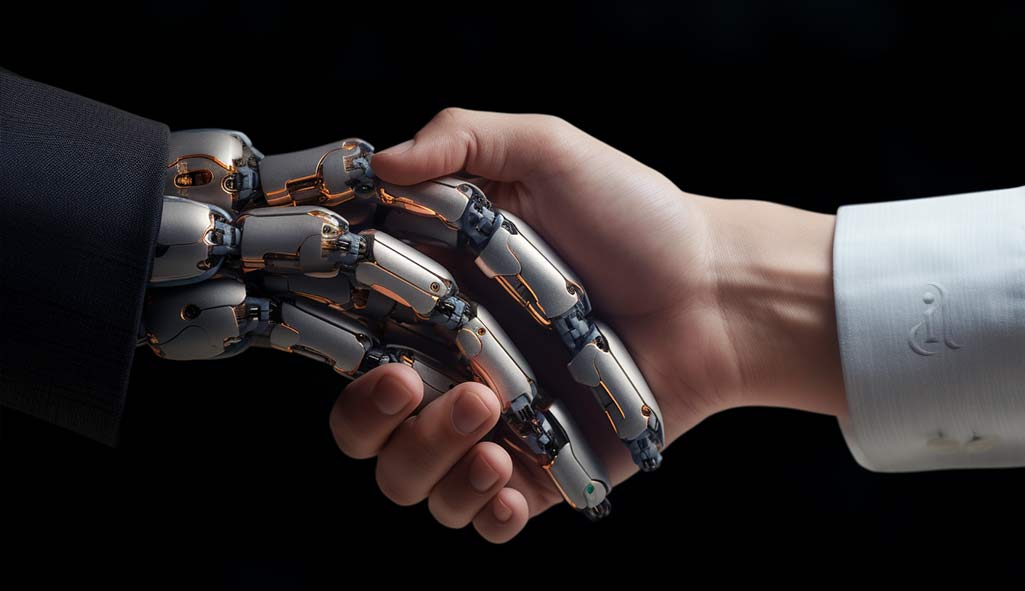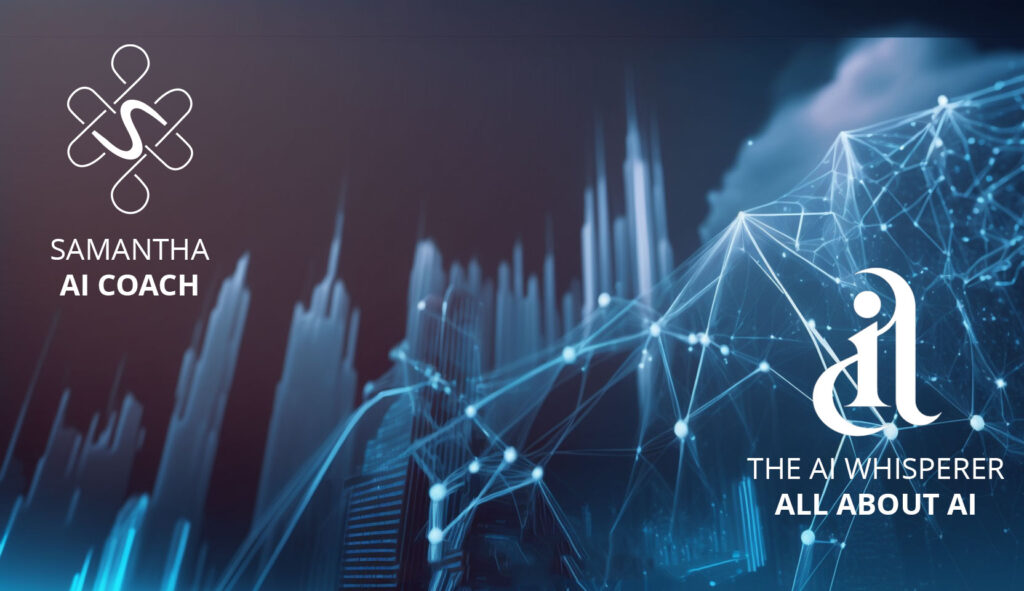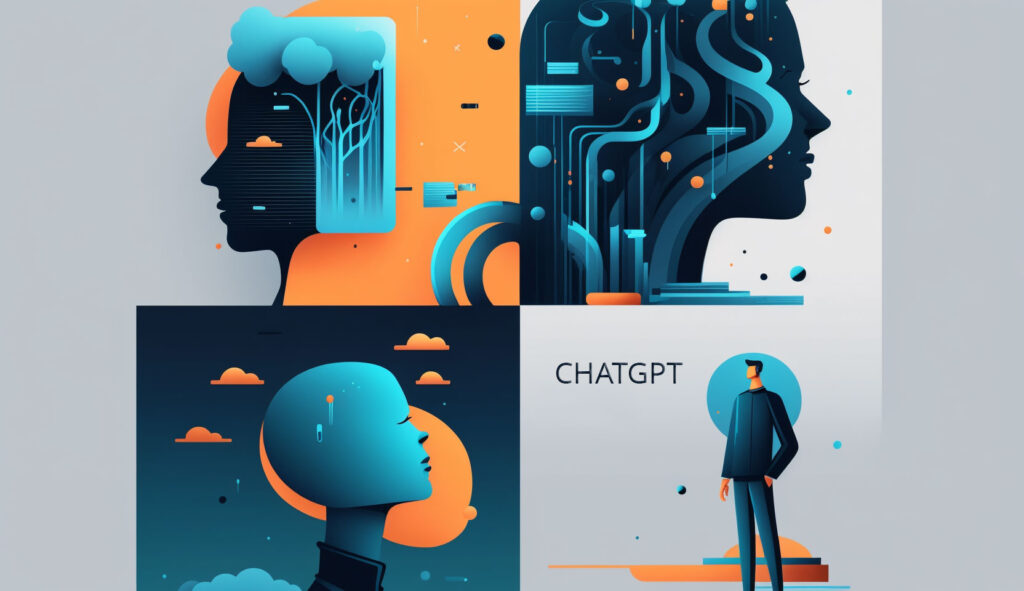Artificial Intelligence (AI) has seen notable progress in recent times, yet there persists certain areas where it finds difficulty. One such hurdle is the crafting of lifelike hands. Although AI models like Midjourney and DALL-E can manufacture awe-inspiring images, they frequently stumble when it comes to depicting hands accurately. In this discussion, we’ll delve into why AI grapples with perfecting hands and the potential solutions in the offing.
The Intricate Anatomy of Hands
The intricate nature of hands presents a significant hurdle for AI. Hands contain the highest number of joints within a small body region, leading to a broad array of positions and depictions. This intricacy makes it challenging for AI to pinpoint the defining traits of a hand. While elementary features such as skin hue, texture, nails, palm, and digits might appear in the generated images, they often miss the realistic subtleties that make a hand genuinely authentic.
Human beings have been exploring and perfecting the craft of hand drawing for hundreds of years. We’ve taken considerable time to consistently produce visually appealing hand depictions. In fact, a mere 0.3% of our 200,000-year-old art history showcases stunning hands. Given this historical backdrop, it’s commendable that AI has made any headway in creating recognizable replicas of hands.
Technological Constraints and Data Dearth
Along with biological challenges, AI encounters technological roadblocks when generating lifelike hands. AI-generated images grapple with accurately portraying objects that have well-defined, regular patterns. Teeth, abs, and other body parts with regular patterns are easier for AI models to produce because they don’t play as significant a role in our lives as hands do.
Moreover, data scarcity is a significant concern. AI models have not been trained with adequate data specifically centered on hands. While AI algorithms grasp the general idea of digits and their interrelation, they lack an in-depth understanding of each finger joint’s behavior, position, and the overall function of the hand. The training data supplied for AI models often lacks the necessary granularity to truly understand the intricacies of hands.
The development of artificial intelligence (AI) has made significant strides in various fields, including computer vision. However, when it comes to understanding the complexities of hands, AI algorithms still have limitations. Although these algorithms can grasp the general idea of digits and their interrelation, they lack the in-depth understanding needed to comprehend the intricate behavior, position, and overall function of each finger joint.
One of the main challenges faced by AI models in understanding hands is the lack of granularity in the training data. While large-scale datasets may provide sufficient information to recognize hand gestures or basic hand movements, they often fail to capture the subtleties and nuances that make each hand unique. Without access to detailed data, AI algorithms struggle to accurately interpret hand gestures and motions, which hinders their ability to perform tasks that require precise hand manipulation.
To overcome these limitations, researchers are exploring new approaches to training AI models on hand-related data. This includes capturing high-resolution images and videos of hands from various angles and incorporating detailed annotations that highlight the specific movements and positions of the finger joints. By providing AI algorithms with access to more granular data, researchers aim to enhance their understanding of the complexities of hands and improve their ability to accurately interpret and mimic human hand movements.
In conclusion, while AI algorithms have made progress in understanding the general concept of hands, they still lack the necessary depth to comprehend the intricacies of finger joints, their behavior, and the overall function of the hand. The scarcity of granular training data poses a challenge in capturing the full complexity of hand movements. However, with ongoing research and advancements in data collection techniques, there is hope for AI models to develop a more profound understanding of hands, leading to improved applications in fields such as robotics, healthcare, and augmented reality.
Tackling the Hurdles
Despite the prevailing limitations, the future of AI in crafting lifelike hands is promising. As AI models continue to progress and refine, the amalgamation of heightened investment, data accessibility, and hardware capabilities will drive substantial progress in this domain. Already, models like Midjourney have showcased impressive competence in generating lifelike hands.
In the case of Stable Diffusion, an open-source AI image generation model, users can create plugins compatible with the model to fine-tune the generation process. By offering reference images with normal hands and incorporating additional instructions, users can generate pictures with desired hand features. Although this method currently requires some adjustments and practice, it provides a more effective approach than previous techniques.
Furthermore, as AI artists grow more experienced and tools like Photoshop continue to advance, it becomes easier for users to edit images and enhance the appearance of hands. Adobe, a leading software organization, has been marketing AI-powered image editing software for decades, enabling users to upgrade the quality of their images.
Wrapping Up
While AI may currently grapple with crafting perfect hands, advancements in technology and increased collaboration within the AI community are laying the groundwork for significant progress. As more data becomes accessible, AI models will have the opportunity to better understand and portray the complexities of hands. With continued investment and the development of more potent hardware, AI models will eventually surmount this hurdle and yield even more realistic and visually pleasing hand depictions.
So, while AI may not yet be able to handle hands with the precision and detail that humans can, it’s only a matter of time before it catches up. As AI models continue to learn and adapt, we can anticipate a future where AI-generated images of hands rival the skill and artistry of human creations.


